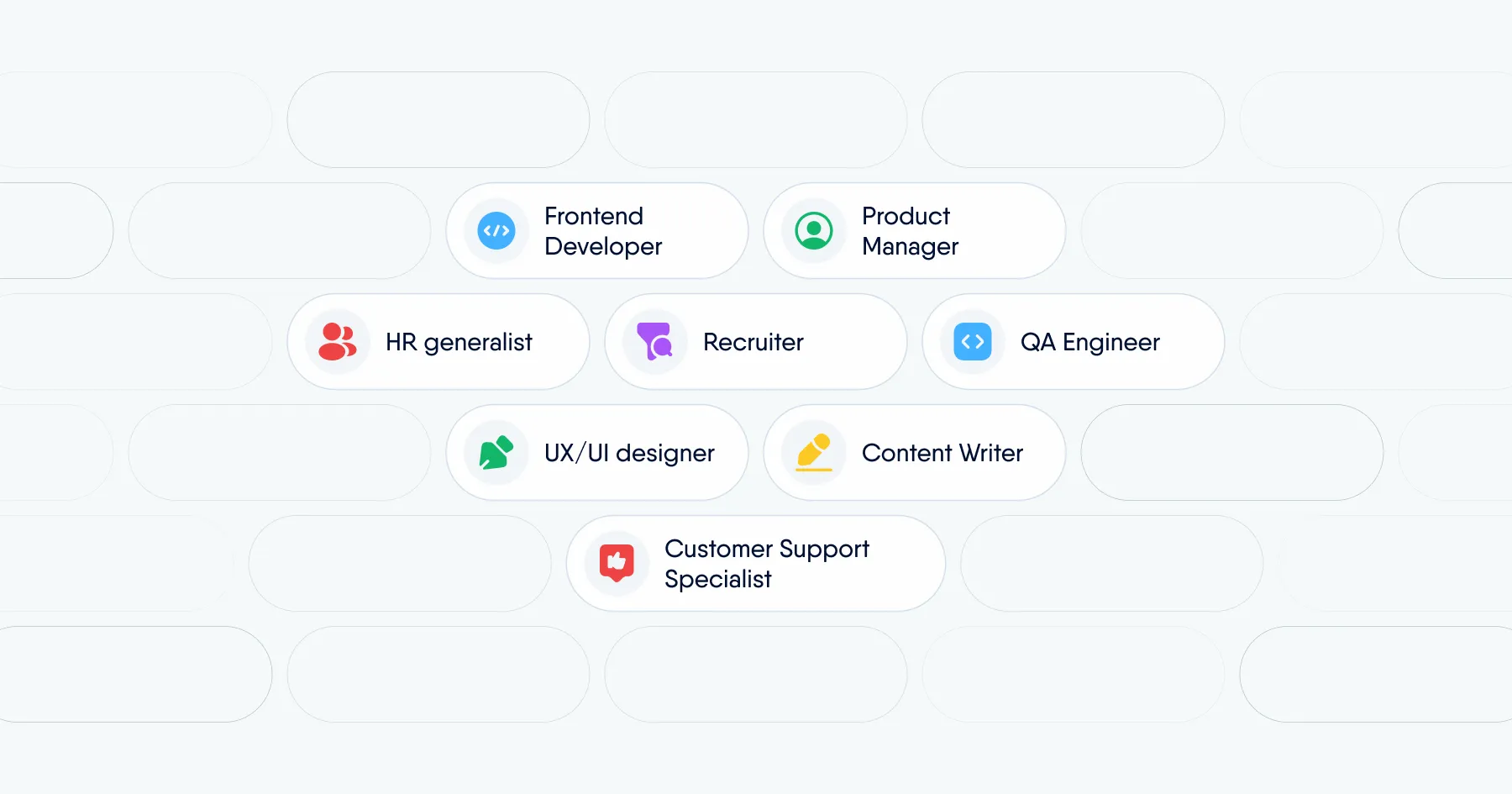Vacancy
What is a vacancy?
What is a vacancy?
A vacancy is an open role within an organization – a position that exists in the company’s structure but isn’t currently filled.
Types of vacancies
In HR practice, there are several types of vacancies:
- Internal vacancy – positions available to current employees (e.g., through internal recruitment).
- External vacancy – open positions for which candidates are sought outside the organization.
- Planned vacancy – created by anticipated changes, such as an employee’s announced departure or retirement.
- Unplanned vacancy – arises suddenly due to unexpected events like resignation, termination, or long-term absence.
- Public vacancy – openly advertised on job boards, company websites, or social media.
- Hidden vacancy – not widely advertised, with recruiting conducted discreetly through referrals or headhunting.
What causes vacancies?
Vacancies can occur for many reasons, most often:
- Employee turnover – natural departures due to career changes, relocation, or burnout;
- Internal promotions – when an employee moves to a higher position, leaving their previous role vacant;
- Retirement – opening up positions for new hires;
- Company growth – expansion creating the need for additional roles;
- Restructuring – organizational changes that create new positions or transform existing ones;
- Extended absences – such as parental or medical leave requiring temporary replacements.
How does a vacancy differ from a new position?
A vacancy refers to a role that is already part of the organization’s structure but currently unoccupied.
A new position is an additional role created in response to company growth, new projects, or organizational changes. In this case, HR and managers must not only run recruitment but also design the job description, define responsibilities, and justify the need for the role. A new position expands the structure and requires broader planning, including budget and strategy.
What happens when a vacancy remains unfilled too long?
A short-term vacancy usually isn’t a problem. But if recruitment drags on and the role stays open for months, the effects are felt across the organization.
The first impact is team overload: the responsibilities of the departed employee get distributed among colleagues. This may work temporarily, but over time it lowers energy, engagement, and motivation.
Delays in projects soon follow. The absence of one person can slow processes, create backlogs, and reduce quality. In customer service, this may mean longer wait times and more complaints; in sales, fewer deals and weaker financial results.
Prolonged vacancies can also trigger a domino effect: employees burdened with extra work may start considering leaving, creating more vacancies and intensifying the challenge. In the worst case, the company risks losing competitive advantage, as understaffed teams struggle to innovate, launch projects, or maintain service quality.
Effective vacancy management requires balancing swift hiring with supporting employees who temporarily absorb additional responsibilities.
How do HR platforms help manage vacancies?
Closing vacancies without delays is a challenge, but HR systems like PeopleForce provide tools that make it easier:
Job posting templates – ready-made announcements you can adapt to specific roles, saving time and ensuring consistent messaging.
Multi-posting – publish one job ad simultaneously across career sites, job boards, and social media to reach more candidates.
Centralized management – keep all applications, resumes, and candidate statuses in one place for a clear view of the process.
Automatic notifications – keep candidates updated about next steps while HR saves time on repetitive communication.
Reports and analytics – monitor time-to-fill, source effectiveness, and candidate drop-off points.
Integrations – sync with calendars and video meeting tools so scheduling and interviews run smoothly.
Job catalog – a central library of role descriptions that helps align responsibilities and competencies with vacancies.
Summary
A vacancy is an open role in a company’s structure that arises from departures, promotions, or organizational changes. While not an issue in the short term, if it remains unfilled, it burdens teams, delays projects, and reduces efficiency.
That’s why HR needs not only to close vacancies quickly but also to use tools that reduce routine work. Automating recruitment and vacancy management eliminates repetitive tasks, structures information, and improves candidate communication. This gives HR and managers space to focus on hiring the right people and supporting team engagement.

